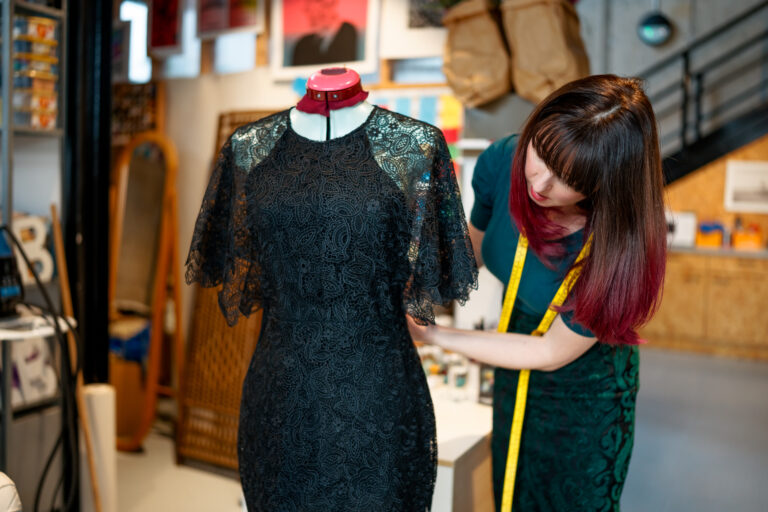
Why I Don’t Sell Clothes
Hi, I’m Claire — The Ethical Tailor. People often ask me “Why don’t you sell clothes?” And I get it — it seems like a natural step
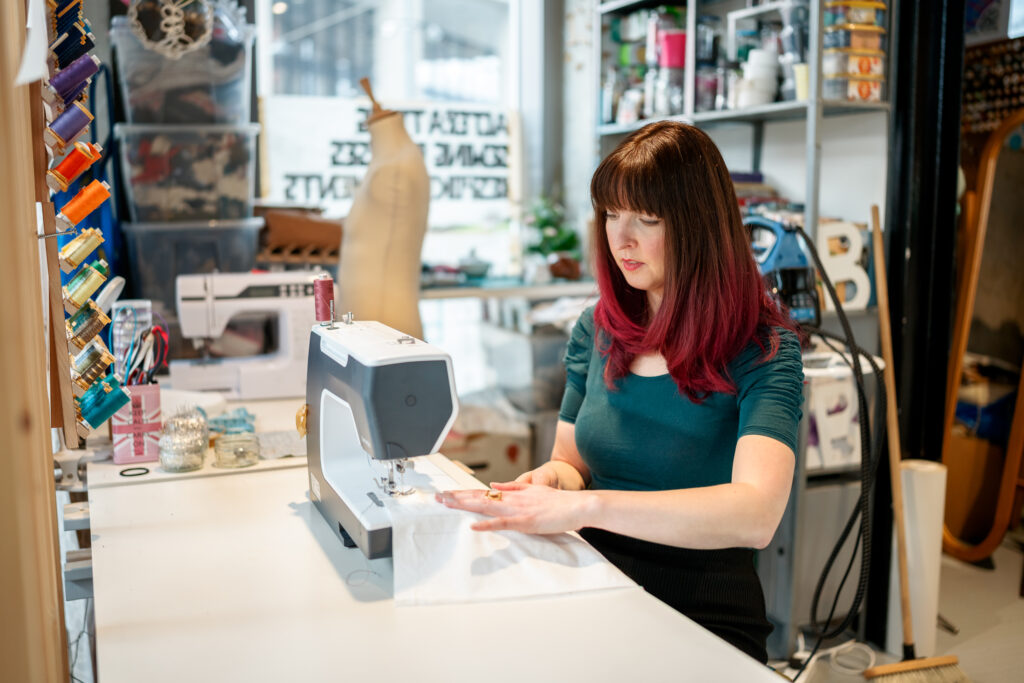
Understanding ethical fashion meaning starts with something simple: how we treat people, the planet, and the animals we share it with.
Everyone — no matter their background or job — has the right to:
These might sound like basic needs, but many people still don’t have access to them — particularly women and children in garment-producing countries. Education is often reserved for boys, while girls are sent to work from a young age.
Ethical fashion starts by acknowledging these global inequalities. When we choose where and how to buy (or not buy), we cast a vote for the kind of world we want.
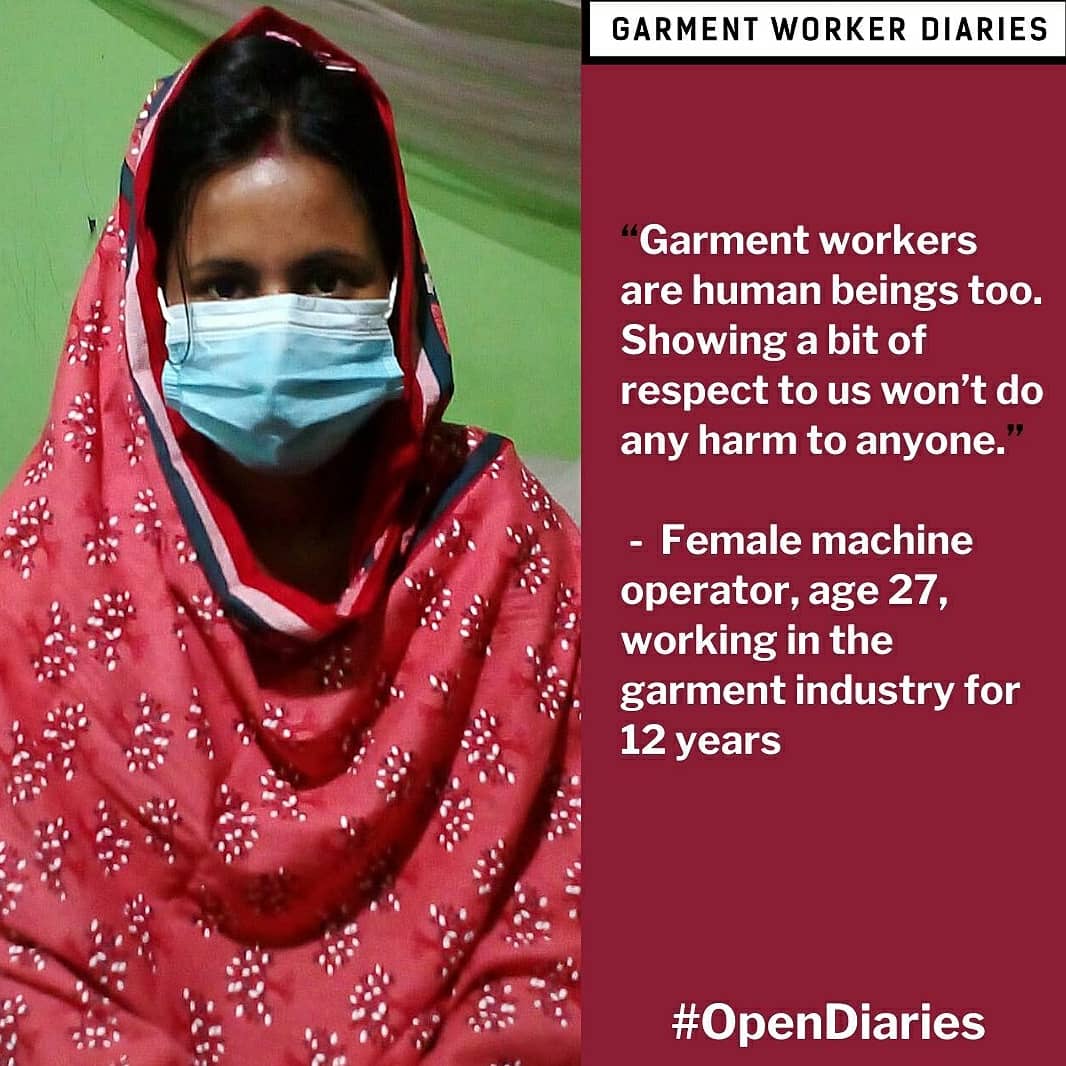
“Garment workers are human beings too.” – Quote via #OpenDiaries by Garment Worker Diaries
The earth can regenerate — but only if we give it space to do so. Ethical practice means taking what we need, and not more. If trees are cut down, new ones should be planted in the right places, and with care for biodiversity and carbon balance.
In our studio, that means composting, using reclaimed cloth, repurposing offcuts, and growing what we can. These are small choices, but they add up over time.
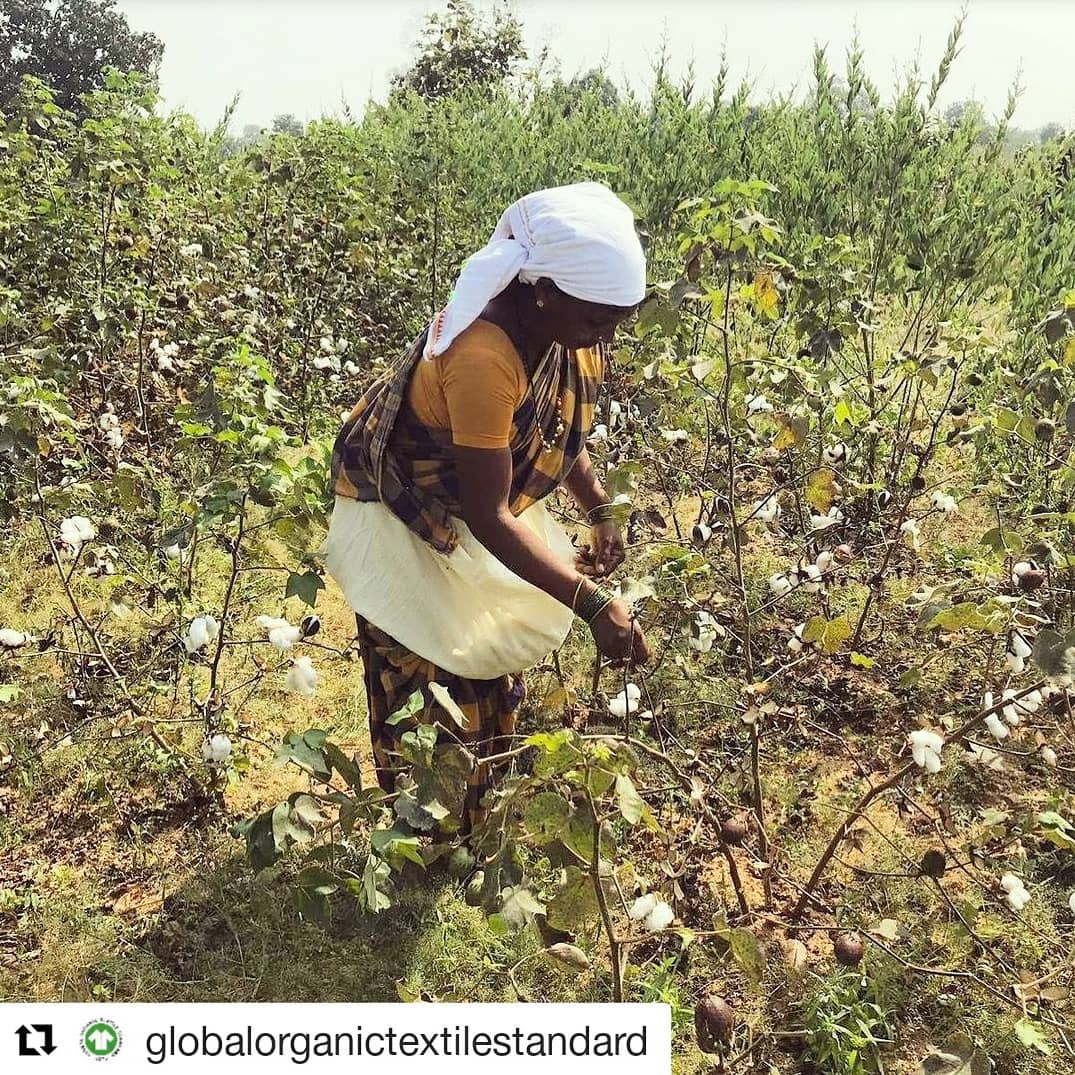
Photo via Global Organic Textile Standard. Organic cotton supports biodiversity, soil health, and farmer welfare.
Animals can’t speak for themselves — so it’s our role to treat them with care and respect. That includes everything from the fabrics we choose to the pets we bring into our lives.
Only get an animal if you can afford to feed, house, and care for it properly — not as an accessory, but as a living being.
And that’s at the heart of ethical fashion meaning — not just how a garment is made, but how long it’s made to last.

Whatever you do, it helps.
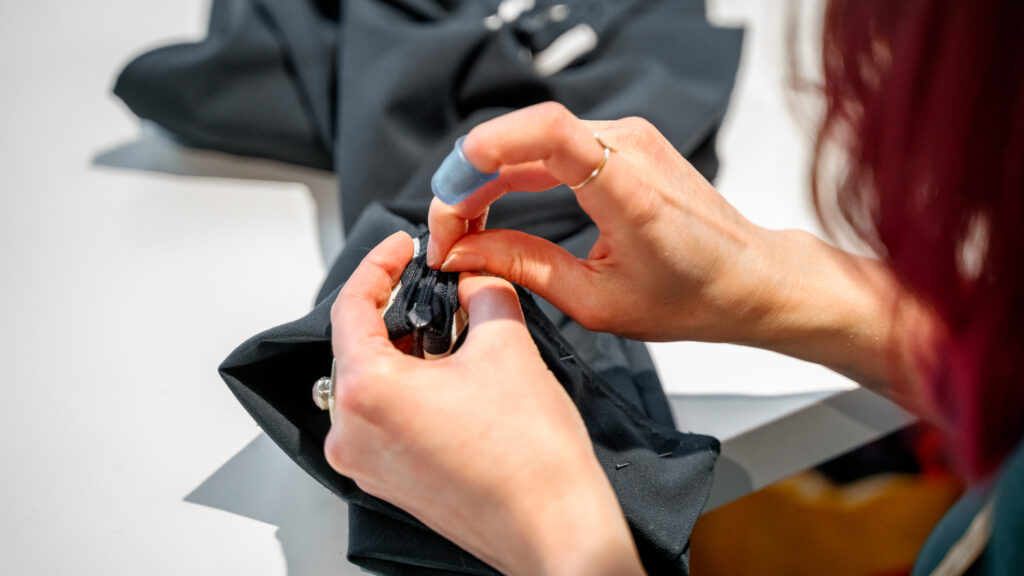
We use:
We also align with certifications like @globalorganictextilestandard, which helps ensure fair conditions at the fibre level.
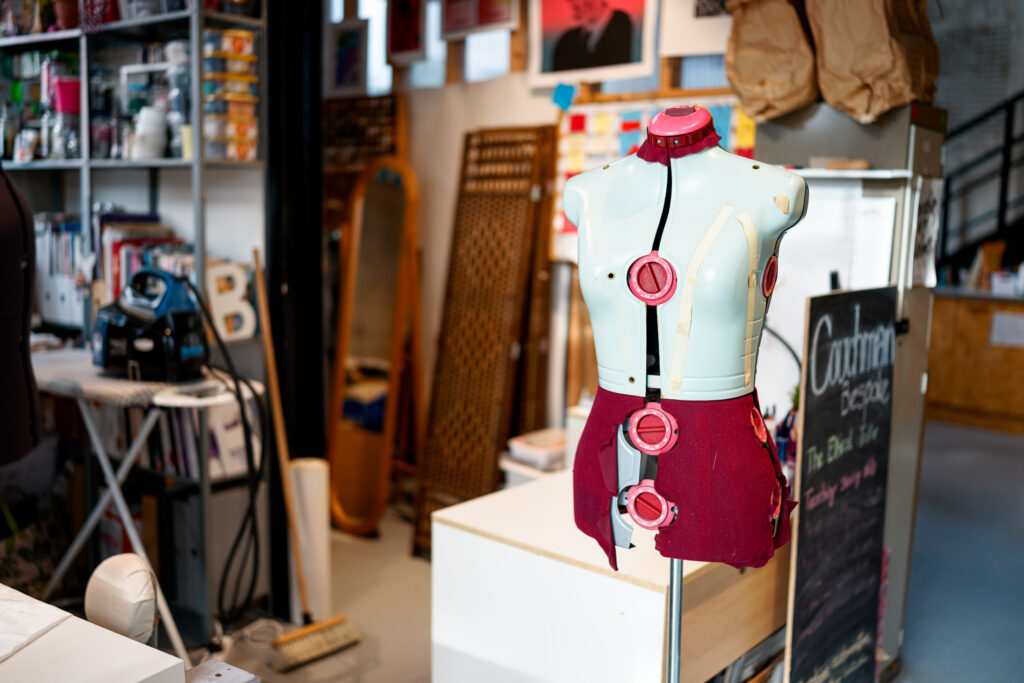
The #OpenDiaries project remains a vital resource for anyone wanting to better understand the human cost of fast fashion. Launched during the pandemic, it shared real quotes and photos from workers in Bangladesh and beyond — inviting us all to ask deeper questions.
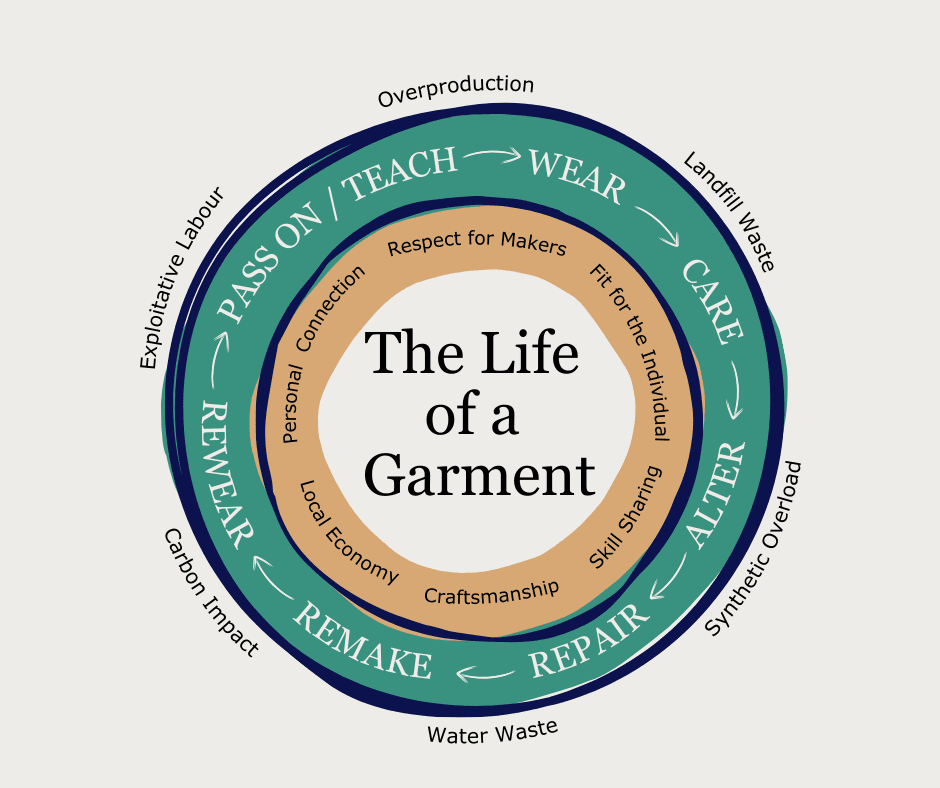
When we respect the full life of a garment — from the materials we choose to how long we care for them — we honour the people, animals, and planet behind it.
This circular journey is part of how we work at Couchman:bespoke.
Want to explore it further?
→ Read: Going Circular – How Tailoring Supports a Slower Fashion Future

Hi, I’m Claire — The Ethical Tailor. People often ask me “Why don’t you sell clothes?” And I get it — it seems like a natural step
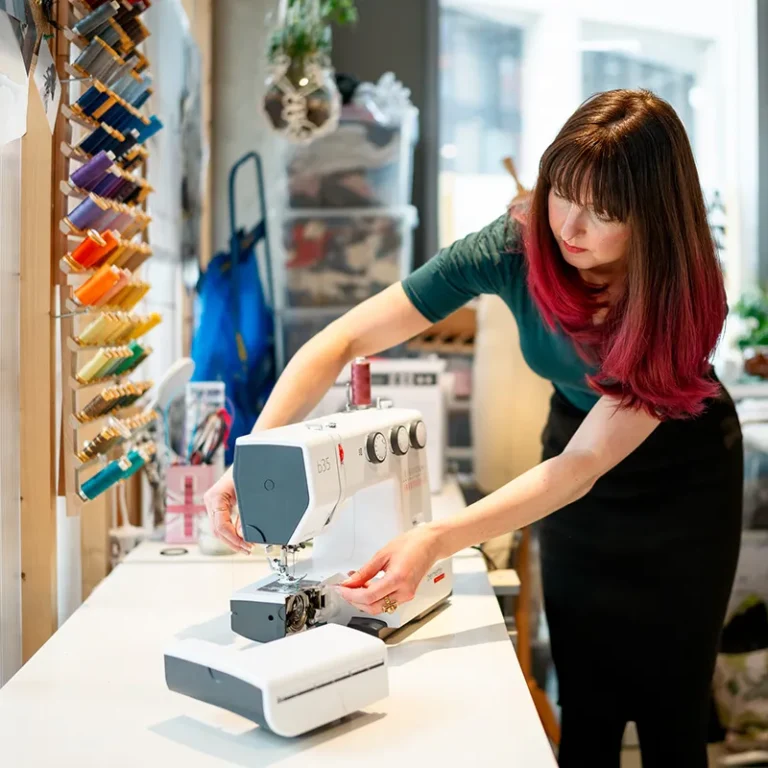
Sewing is at the heart of all we wear everyday from morning to night, yet we never think about the story behind each garment or

“The commitment is a critical step in transforming the fashion industries relationship with nature that will inspire others to do the same, and collectively work
Sign up for our newsletter to get ethical lifestyle tips and our updates. We give a family drinking water for 7 days with every sign up.
Arebyte Studios Unit 16
Harmony Building
21 City Island Way, London
E14 0QE
emailme@couchman-bespoke.com
| Cookie | Duration | Description |
|---|---|---|
| cookielawinfo-checkbox-analytics | 11 months | This cookie is set by GDPR Cookie Consent plugin. The cookie is used to store the user consent for the cookies in the category "Analytics". |
| cookielawinfo-checkbox-functional | 11 months | The cookie is set by GDPR cookie consent to record the user consent for the cookies in the category "Functional". |
| cookielawinfo-checkbox-necessary | 11 months | This cookie is set by GDPR Cookie Consent plugin. The cookies is used to store the user consent for the cookies in the category "Necessary". |
| cookielawinfo-checkbox-others | 11 months | This cookie is set by GDPR Cookie Consent plugin. The cookie is used to store the user consent for the cookies in the category "Other. |
| cookielawinfo-checkbox-performance | 11 months | This cookie is set by GDPR Cookie Consent plugin. The cookie is used to store the user consent for the cookies in the category "Performance". |
| viewed_cookie_policy | 11 months | The cookie is set by the GDPR Cookie Consent plugin and is used to store whether or not user has consented to the use of cookies. It does not store any personal data. |